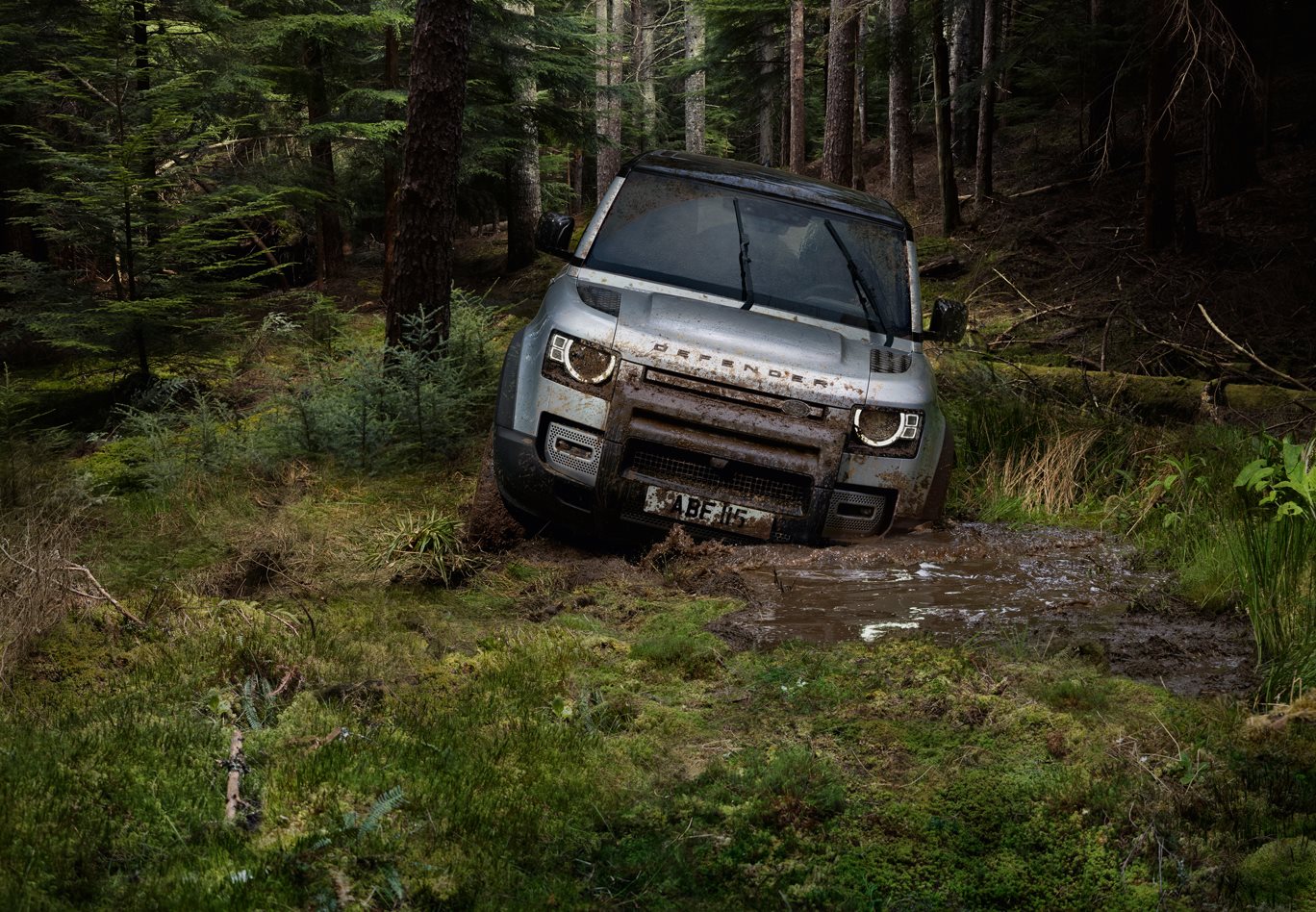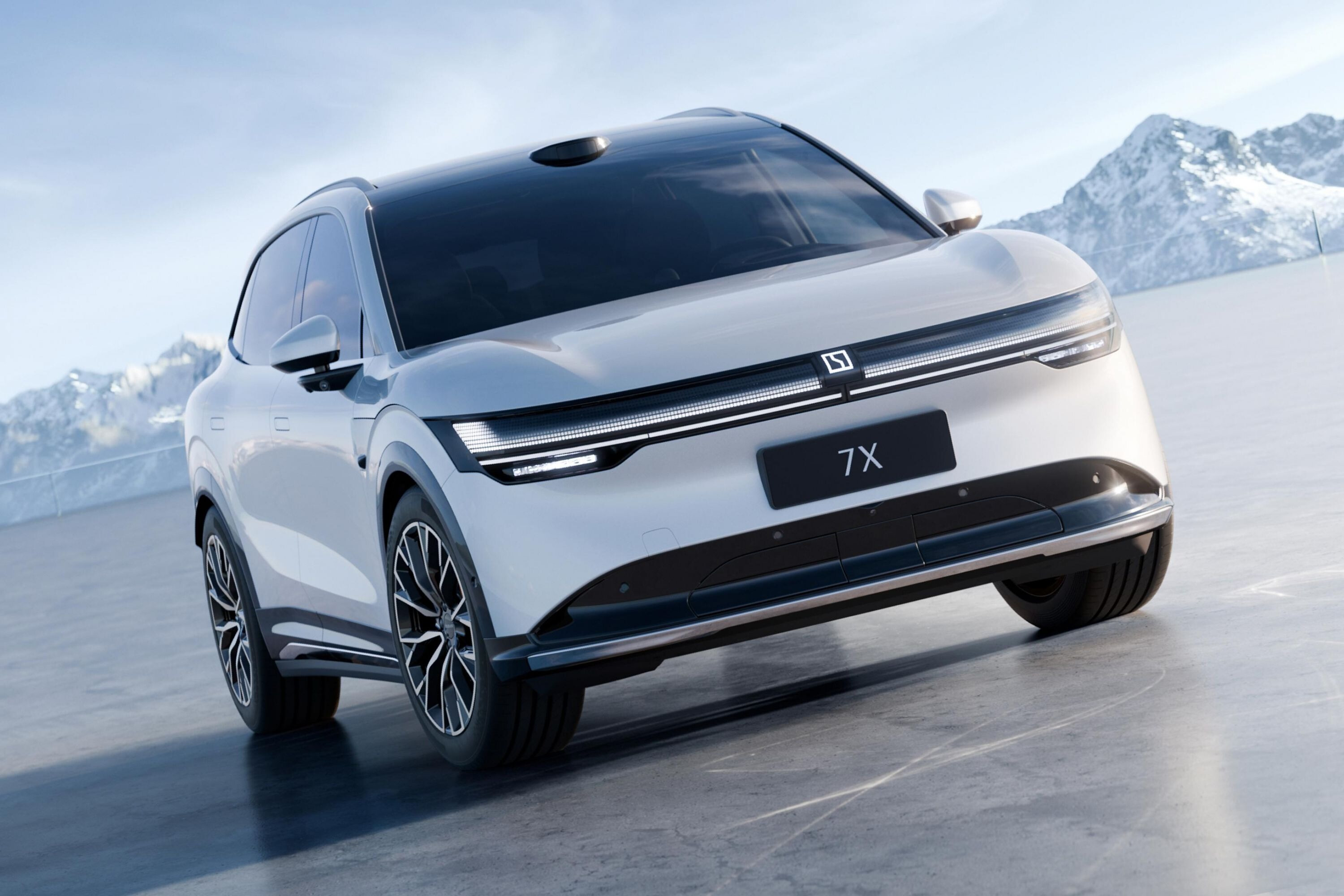Before the new Land Rover Defender was ever revealed to the world, it had a horde of detractors.
“It isn’t a true Defender” they decried, pointing with horror to the independent suspension front and rear as proof of the charges.
For many, no matter what JLR did with the Defender, it was never going to be good enough to live up to the legend of the badge.
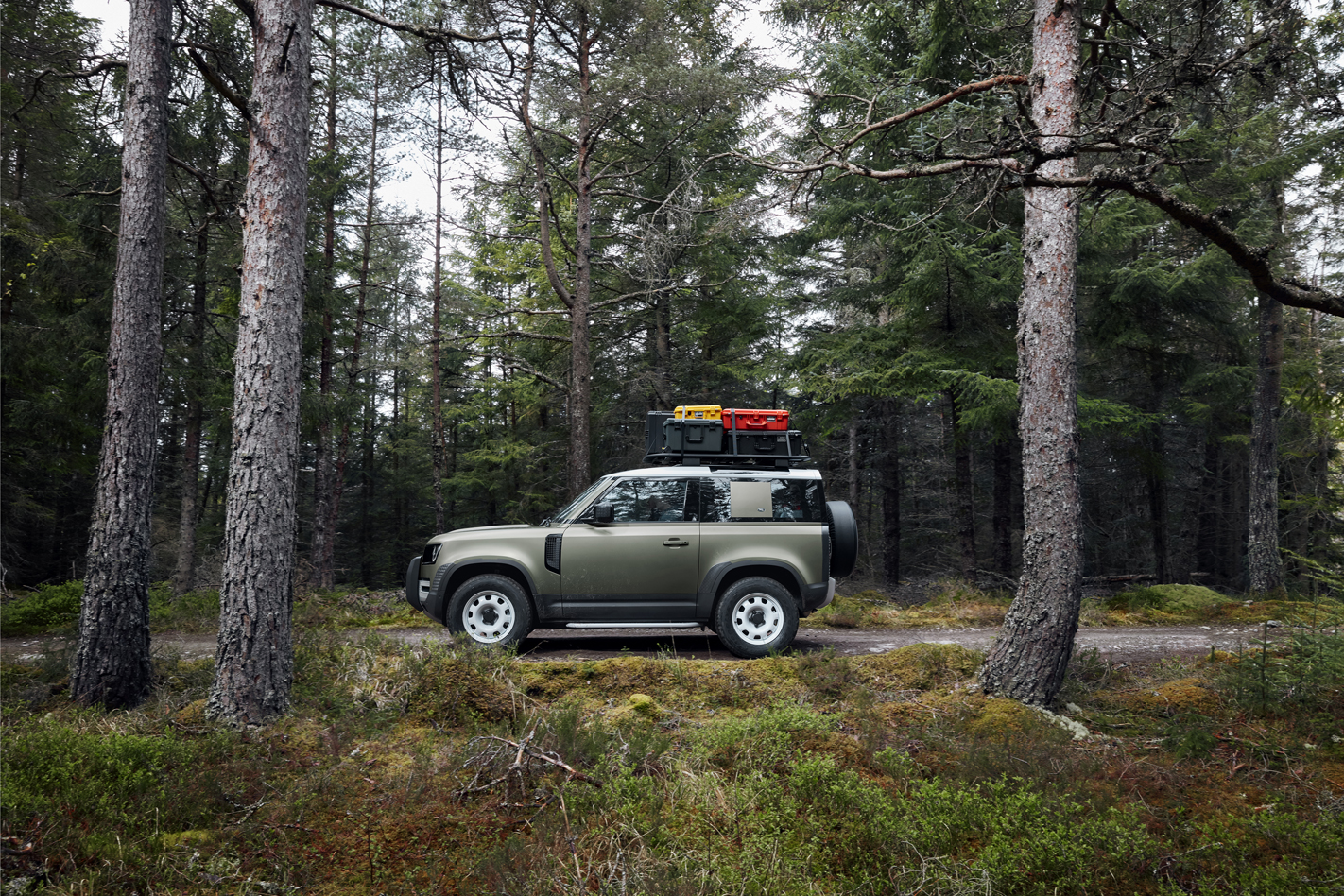
The reality of the situation is there is no definition for a ‘true off roader’ other than proven ability. It’s just a useless term used by Luddites that want to push back against the inevitability of progress.
Wheels, along with our sister title 4×4 Australia will be sure to put the Defender to the test in a gruelling outback adventure as soon as possible. That will allow us to get a better understanding of the minutiae of the Defender’s abilities. However, even before that happens, from the stats alone it’s clear the reborn legend will be vaulted into rarefied air when it comes to off-road ability.

Currently the best off roader you can drive straight off a showroom floor and onto a rugged trail is the Jeep JL Wrangler Rubicon. It will be the Defender’s biggest rival in this area.
On paper alone, the Defender should have the Wrangler sweating. Whether you choose the short wheelbase Defender 90 or the longer Defender 110 body, the approach angle of 38 degrees and departure angle of 40 degrees is seriously impressive, and it comes out one-all against the short wheelbase Rubicon’s figures of 42.2 degree approach, and 32.3 degree departure.

However, the short wheelbase Wrangler isn’t capable of carrying seven adults like the Defender 110 and nor is it suitable for daily duties. For that, we need to look at another rival the Toyota LandCruiser Prado, which has an approach of 33 degrees, and departure of just 23 degrees.
The Defender also has a claimed payload of 900kg, or in other words, near enough to a tonne. Now, try to find another SUV on the market capable of carrying that amount of equipment. Let’s also not forget that the towing capacity is claimed to be 3500kg, which is one of the biggest ratings of a non-large US pick-up in Australia.
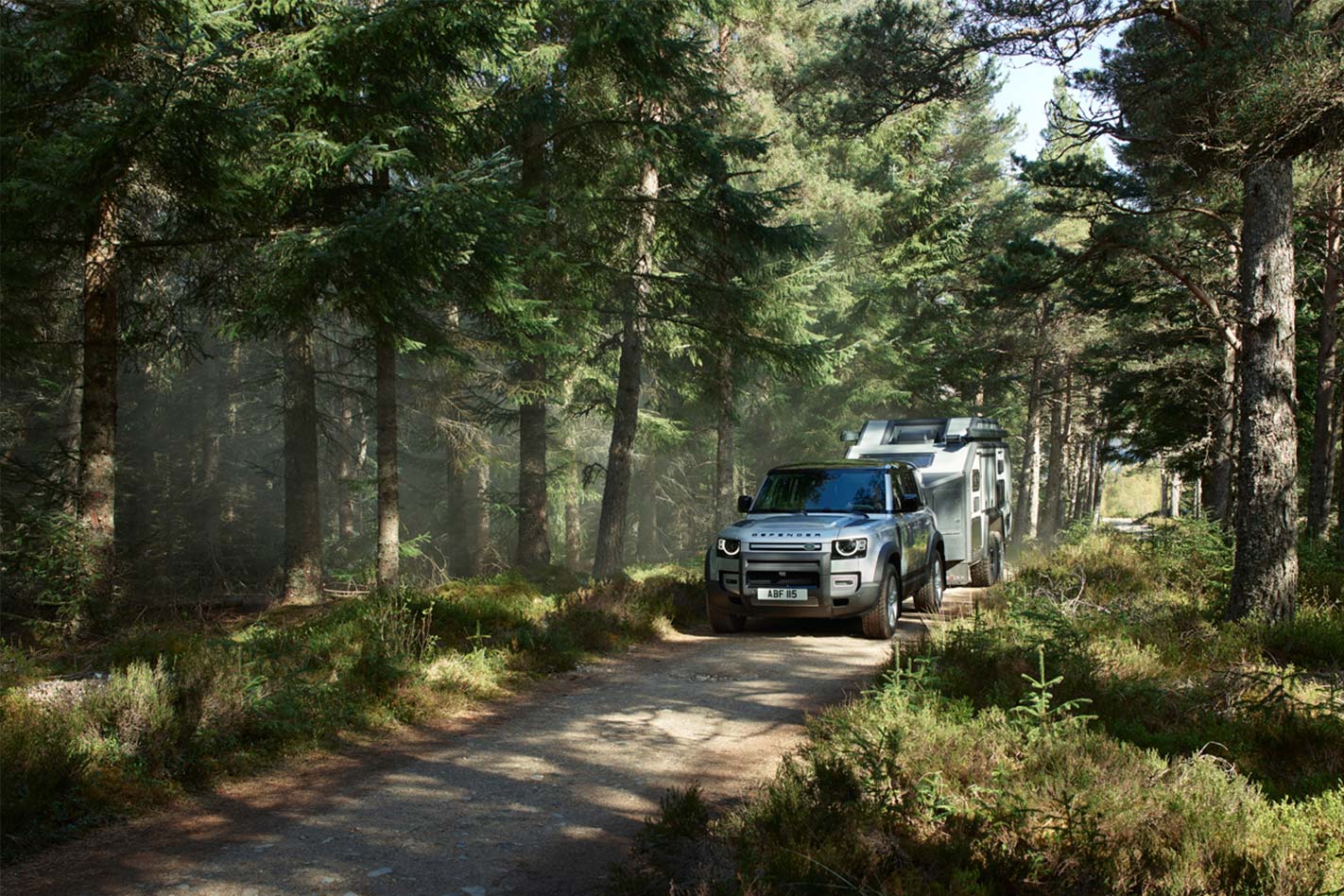
Another advantage the L663 has over the old Defender is the addition of Land Rover’s terrain response system. Anyone that has experienced this system will tell you that it is one of the most sophisticated and competent traction control systems for off-roading out there.
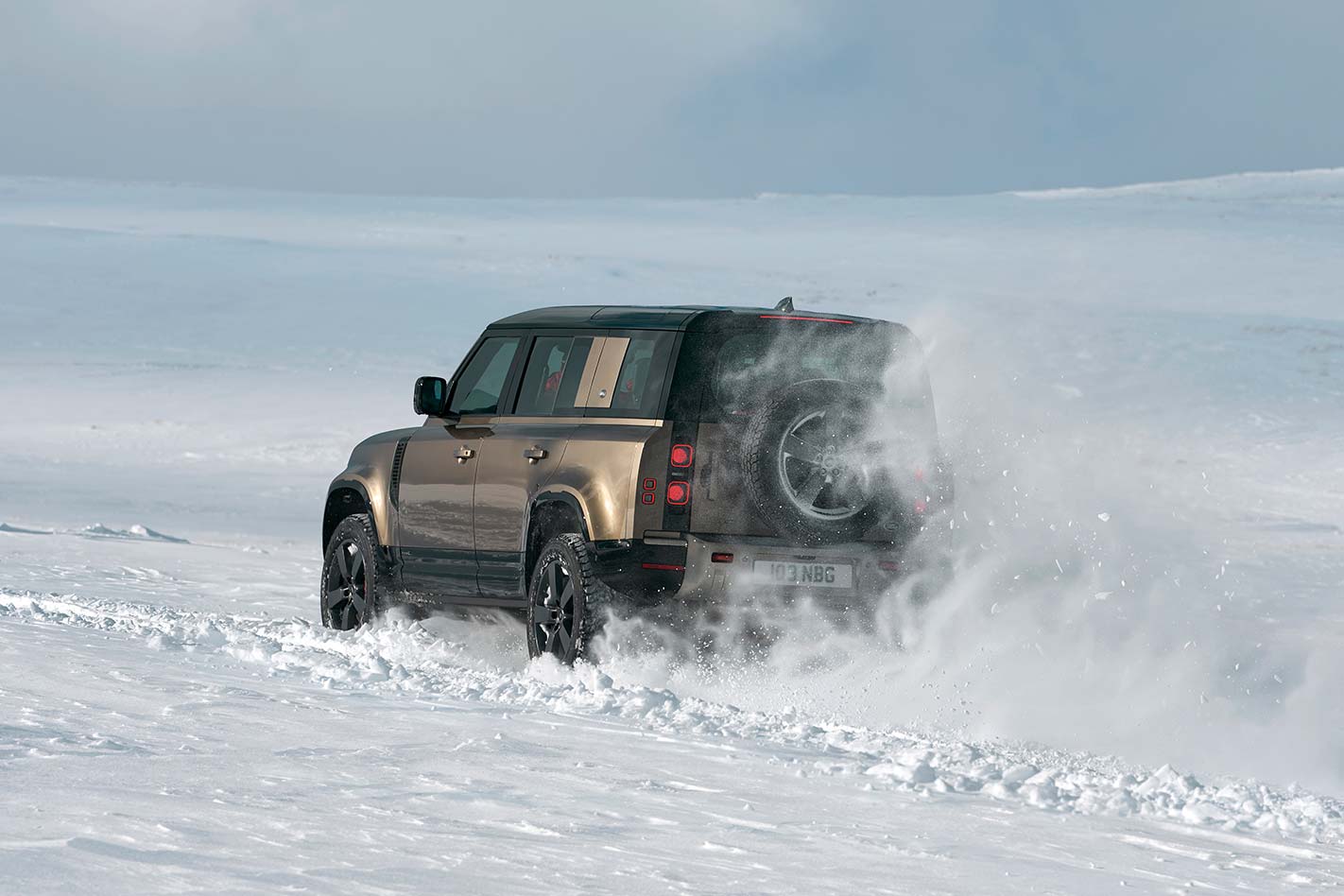
It’s confidence inspiring in the supreme, and when Land Rover is trying to bring new customers to the brand, that is a handy thing to have up its sleeve.
There is a caveat to my enthusiasm, and that is based around the 85 separate ECUs spread across the Defender. I’ll reserve judgement on whether this will be a good long-term reliability decision for JLR.
The old Defender was widely loved for its unyielding utilitarian ability. But that limited the scope of its appeal. This new Defender will be on the shopping list for multitudes more people because of its added sophistication and luxury compared to the previous model.
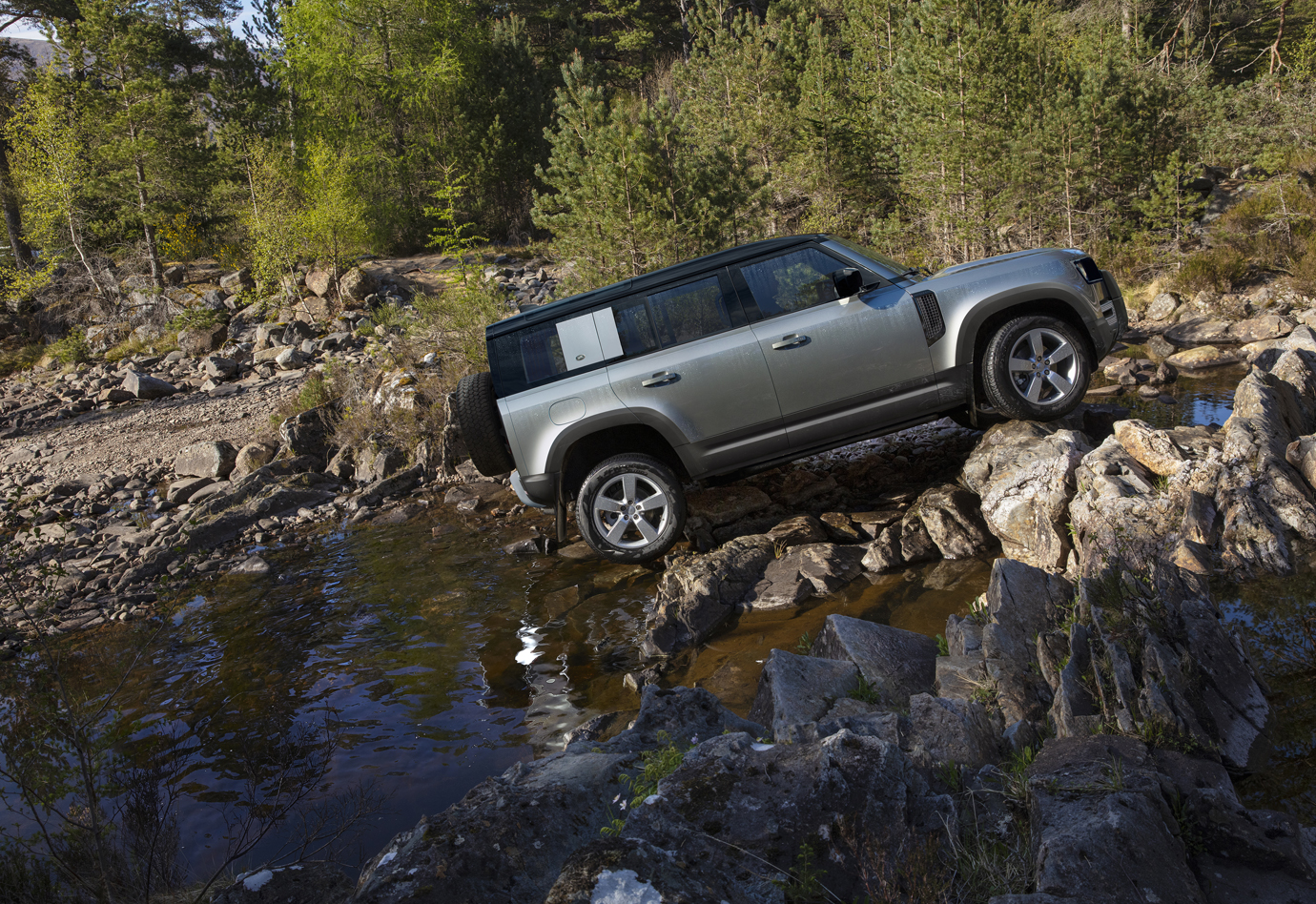
But importantly, it’ll retain serious off-road chops. Just because it doesn’t adhere to antiquated and outdated beliefs about what does or doesn’t constitute an off-road vehicle doesn’t diminish that fact.


